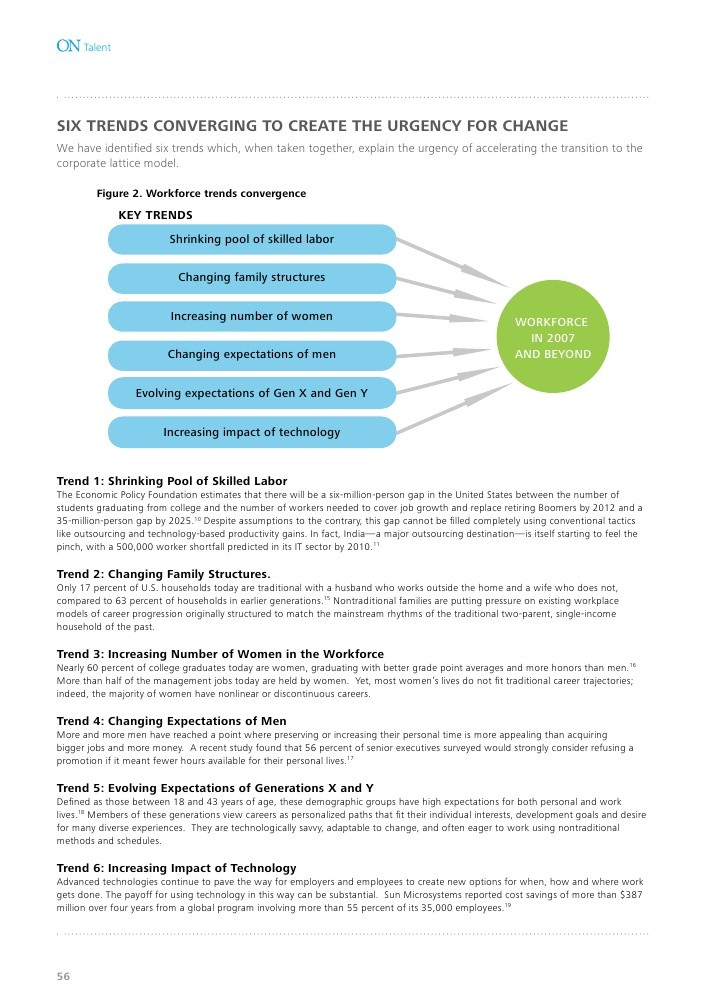Making Succession Planning for Hedge Funds Effective Deloitte CFO
Post on: 16 Март, 2015 No Comment

Making Succession Planning for Hedge Funds Effective
As more star hedge fund founders and principals advance in age, the funds themselves are being forced to confront a relatively new challenge: how to manage a successful leadership transition.
The stakes couldn’t be higher, given the loyalty on the part of many investors who stay with the same fund manager or leadership team year after year. Some investment funds have responded to a leader’s desire to move on by liquidating and losing dozens of highly trained investment managers. But others have continued to grow, trying to meet investor needs while advancing new leadership from within the ranks or outside the organization.
The issue of succession planning at hedge funds, from the perspective of both investors and the funds themselves, was discussed at the New York session of the Third Annual Hedge Fund Symposium Series, sponsored by Deloitte in eight cities nationally. “Succession planning is a complex process typically requiring specialized human capital, financial, tax and legal guidance,” says conference moderator Cary Stier, national managing partner for the Asset Management Services practice at Deloitte LLP. “Human capital decisions could make or break a succession plan since talent typically drives a hedge fund’s competitive advantage,” he notes.
The conference panel included managing directors and CFOs from several large and medium-size hedge funds, with assets under management ranging between $7 billion and $27 billion. Although succession planning can present an opportunity to create franchise value by harmonizing external and internal stakeholder interests during a leadership transition, it is frequently a missed opportunity. “The demographics of the industry are changing, and a lot of large hedge funds that were in business a few years ago are not in business today because they didn’t have a succession plan or didn’t manage the plan they had well,” says Ellen Schubert, chief advisor with the Asset Management Services practice at Deloitte Services LP, who moderated the succession planning panel. “There is no one-size-fits-all approach to succession planning and legacy issues; it should be tailored to each firm and to its culture,” she adds.
At the conference, panel members discussed the range of successful leadership transitions at various funds, all with the common theme that making a transition in leadership is a gradual process that usually involves years of planning. One panelist discussed how a hedge fund founder, who wanted to leave the day-to-day operations to pursue other interests, was replaced by a team of CEOs while the founder stayed on as chairman. In another example, a well-known hedge fund chairman and CEO took nearly a decade to pass the reins to a new successor who had been groomed for the job after having been hired from the outside and spending several years with the firm.
Understanding Different Stakeholders’ Perspectives
More views on the succession planning process are discussed in a recent Deloitte release, Passing the Baton—Hedge Fund Succession Planning . which explains that a transition in leadership should be seamless, but the task can be challenging due to stakeholders’ divergent perspectives. Investors typically view succession through the lens of key person risk, explicitly negotiating protections such as key person provisions, insurance or redemption rights. Their natural inclinations are often to redeem first and ask questions later. Meanwhile, portfolio managers and other employees might feel overlooked during a leadership transition and seek employment elsewhere. A founding principal may think of succession as a once-in-a-lifetime opportunity to perpetuate a franchise and leave a professional legacy. These different perspectives need to be carefully considered when designing a succession plan.
The conference panel discussed the various approaches to succession used by hedge funds. “A quant fund’s succession plan likely differs from an activist investor’s plan,” says Ms. Schubert. The timing of a transition is another critical consideration. The new person or persons in charge should be ready to handle their new responsibilities from day one.
Understanding the Hedge Fund Culture
The culture of the organization should also be considered when such a major transition is considered. One common succession approach is appointing a longstanding internal portfolio manager as heir-apparent. The investment professional could be a strong cultural fit but might need leadership coaching. Alternatively, someone hired externally may have the industry experience but may need to learn the hedge fund’s culture.
Developing Essential Leadership Capabilities
An effective hedge fund leader is a rare breed. The individual should have a broad range of skills tailored to a hedge fund’s investment strategy, talent pool, investor base and culture. Among the critical qualities needed to lead a hedge fund are the ability to execute strategically and influence others at various levels.

—Strategic execution entails setting a strategic vision and then delivering upon it. An effective hedge fund leader relentlessly identifies and exploits opportunities by allocating capital toward white space others may miss.
—Adaptive influencing helps a hedge fund leader build a team of high-performing employees, investors and other business partners. An effective hedge fund leader inspires, respects and garners support from stakeholders in collaborative pursuit of shared goals.
Announcing the Succession Plan
Another important aspect of succession planning is deciding when to reveal to investors and the broader public that a succession plan is in place. In general, hedge funds tend to avoid publicly discussing succession plans, but a more open approach may be beneficial. “Over time, transparency about succession might distinguish a lasting hedge fund franchise from its competitors,” says Ms. Schubert.
Related Resource
February 7, 2013, 12:01am














